Nostalgia for the golden age of the Mac desktop platform
In 2009 I got my first Mac laptop. I had been running Mandriva Linux on a beat up HP Pavillion through the first two years of my computer science program, and the week it finally died on me a Gizmodo “Dealzmodo” post advertised a liquidation of last-generation 15 inch Macbook Pros by a reseller. I got my Mac and promptly discovered the unprecedented ecosystem of fantastic, passionately-crafted desktop software built for the platform by small, independent software houses. In retrospect I’ve come to believe that the period from around 2005 to perhaps 2010 was truly the golden era of desktop Mac applications.
In more recent years, many former desktop tools have moved to the cloud. For the tools that continue to be deployed in the form of desktop apps, frameworks like Electron and React Native mean that desktop development has increasingly converged with web development. The Mac native aesthetic of the bygone golden era I’m writing of, when many developers defaulted to the Mac native Cocoa framework and Objective-C, largely now only lives on in legacy applications.
I wanted to do a sort of nostalgia trip and revisit some of the true gems of this golden era of Mac desktop apps.
Panic Coda
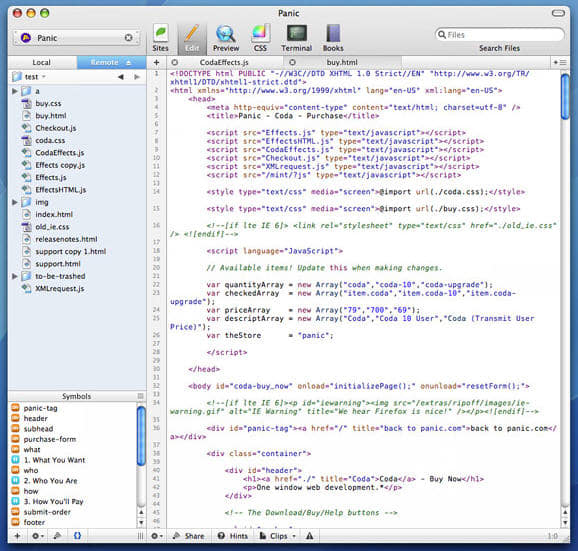
Panic Coda – photo credit Softonic.
I feel like no company quite exemplifies the soul of this period like Panic. Panic is a software house in Portland Oregon that started making apps for the Mac desktop in the late 90s. For me though Panic’s enduring contribution to software craft, and the thing I remember them most for, is Coda. When I unwrapped my Mac in 2009, the first thing I had to go hunting for was a text editor and I quickly found out there were two big dogs: TextMate and Coda.
Coda’s real distinction was in being a sort of complete integrated environment for working on PHP sites. Specifically, Coda integrated a text editor, browser/rendering panel, FTP client and terminal. Ultimately I also think this has kind of been its downfall as it was optimized for a workflow wherein deployment was done by an FTP sync to a remote directory. Nowadays most production applications have versioned deployment strategies that are much more complicated than this and so don’t have much use for Coda’s integrated FTP client. Writing this really makes me want to go revisit Coda and see how its UX has evolved in the near decade it’s been since I regularly used it.
NetNewsWire
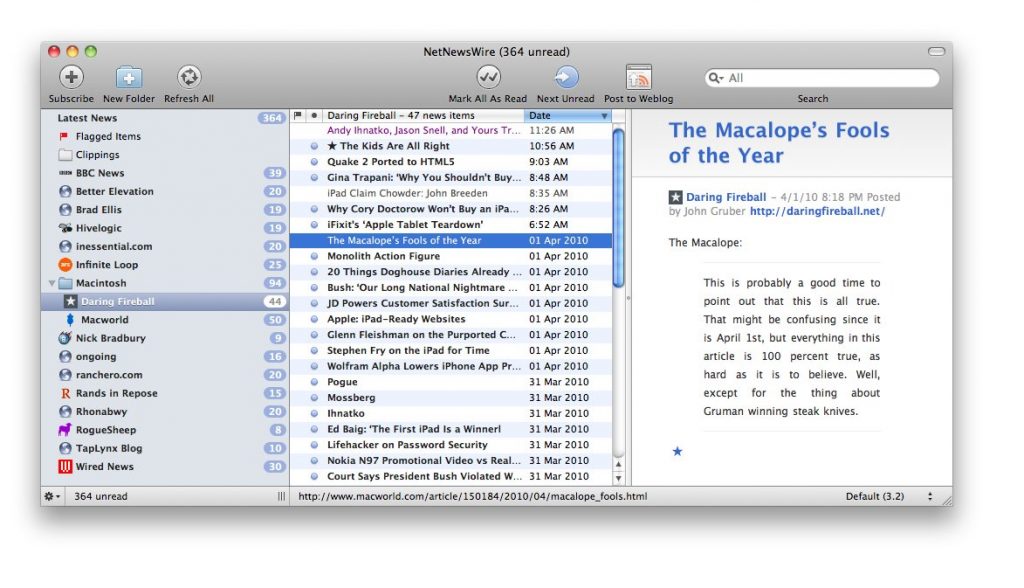
NetNewsWire – photo credit Softonic.
The golden era of Mac desktop apps was also the golden era of RSS. Like most other people on the Mac in this time, my RSS reader of choice was NetNewsWire. NetNewsWire was originally built by husband and wife Brent and Sheila Simmons’ Ranchero Software, though by the time I was using it they had sold the product to NewsGator. NetNewsWire had a comfortable 3-panel UI that to me felt evocative of the Mac Mail application. I really miss this time in tech history. Casual blogging is increasingly centralized on platforms like Medium today and I miss the more independent spirit that RSS and self-hosting represented.
MarsEdit
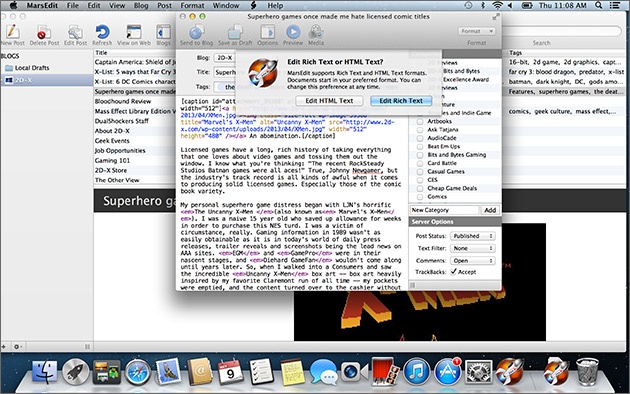
MarsEdit post editing interface – photo credit PCMag Australia
The idea of editing blog articles via a desktop app may seem ludicrous today but it was a preferred workflow for many in the mid-2000s. MarsEdit was a slick Cocoa app that interfaced with most major blogging platforms like WordPress, Blogger and Tumblr to allow post editing from the comfort of a desktop UI. As I’ve moved all of my blogs over to WordPress in the last year (originally a custom Rails app and subsequently the static site generator, Jekyll), I’m actually thinking about giving this venerable old app another go…
Bare Bones Software
One of the things I think of when I think of Apple in the 2000s is John Gruber, and one of the things I think of when I think of John Gruber is Bare Bones Software. Before starting his Mac-focused blog Daring Fireball and spec’ing the Markdown language, Gruber had worked Massachusetts-based Bare Bones Software. Bare Bones Software produced the popular commercial text editor BBEdit, in addition to a free, more limited sibling called TextWrangler. They also made a Personal Information Manager with the goofy name Yojimbo. Personal Information Managers don’t seem to be widely used anymore, at least in the form that they had in the mid 2000s (it could be argued that things like Evernote are PIMs, though, and obviously very popular today). They were meant to consolidate all your notes, documents, media, web bookmarks, etc and a well-organized, searchable interface. I think the move of much of this sort of media to cloud services has shrunk the size of the market for this type of application a lot.
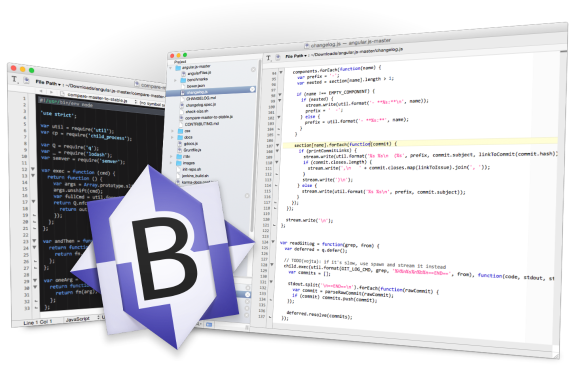
BBEdit – photo credit Bare Bones Software
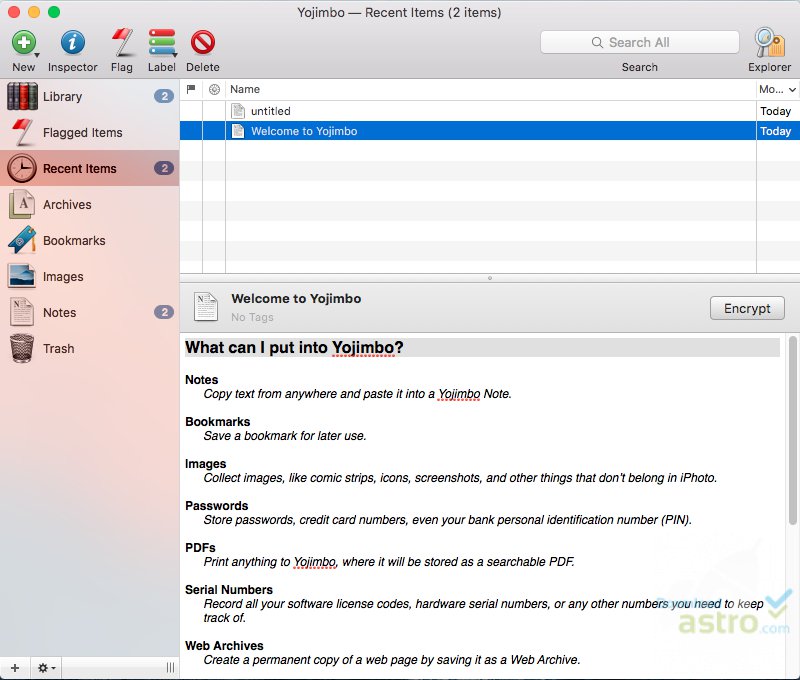
Yojimbo personal information organizer – photo credit Download Astro
Billings
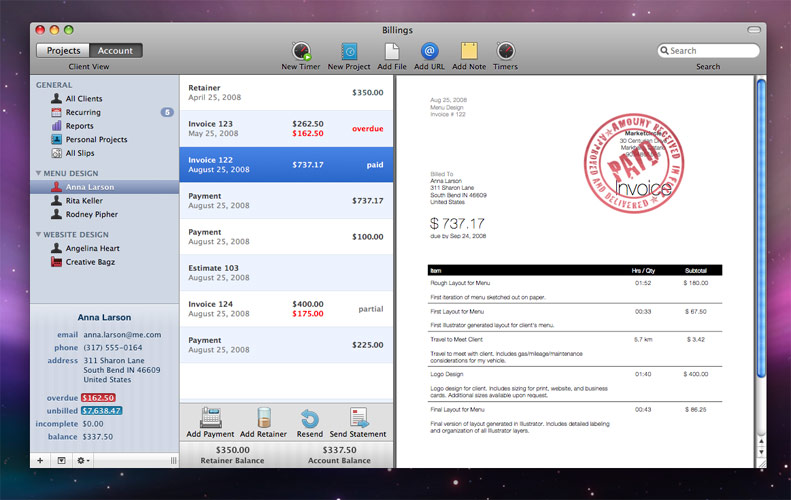
Billings for mac – photo credit Webdesignerwall
One of my first needs around 2011 when I began to freelance was time tracking and invoicing, and Billings from Marketcircle Software very quickly came to my attention as the de-facto choice on the Mac desktop. Nowadays, like most others, I’ve moved to cloud apps for time tracking and preparing invoices but I’m hit with nostalgia and a bit of regret when I look at Billings because it really was a fantastic UI and a great representation of the aesthetic and values of the time.
Who killed the Mac desktop platform?
I believe that a combination of many apps moving to the cloud and those that stayed on the desktop leaning more and more on web technologies is what brought the end of this golden era of Mac desktop apps. Of the third-party desktop apps I continue to use, many like Slack and Visual Studio Code are in fact built with web technologies. The case for native development with the Cocoa framework is harder and harder to make these days when teams can deliver much faster and get cross-platform benefits more easily with web technologies. Overall it makes me a little sad, though. While the business case has become poor for the sort of craftsmanship we used to see on the Mac desktop, even more than half a decade later the quality of the UX that was achieved in this period to me stands up as superior to a lot of what we see today.










No Comments